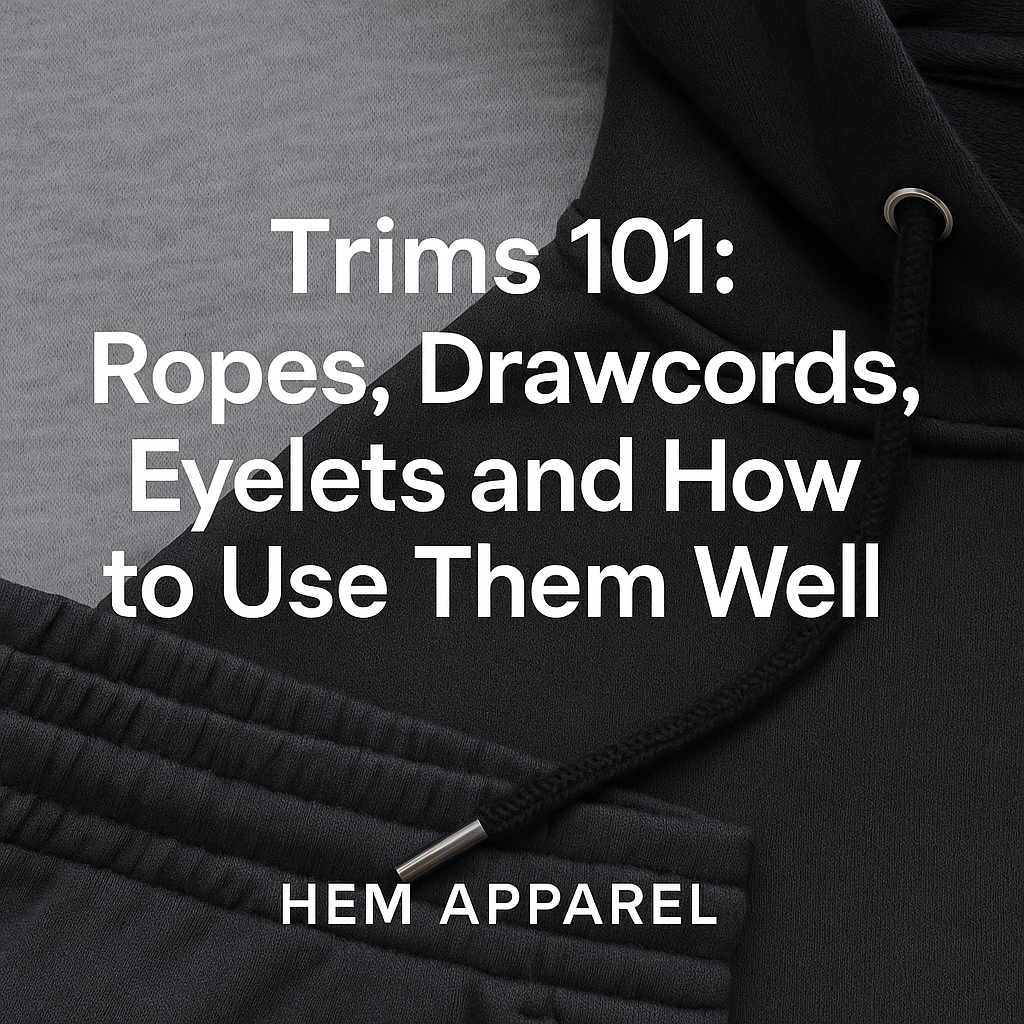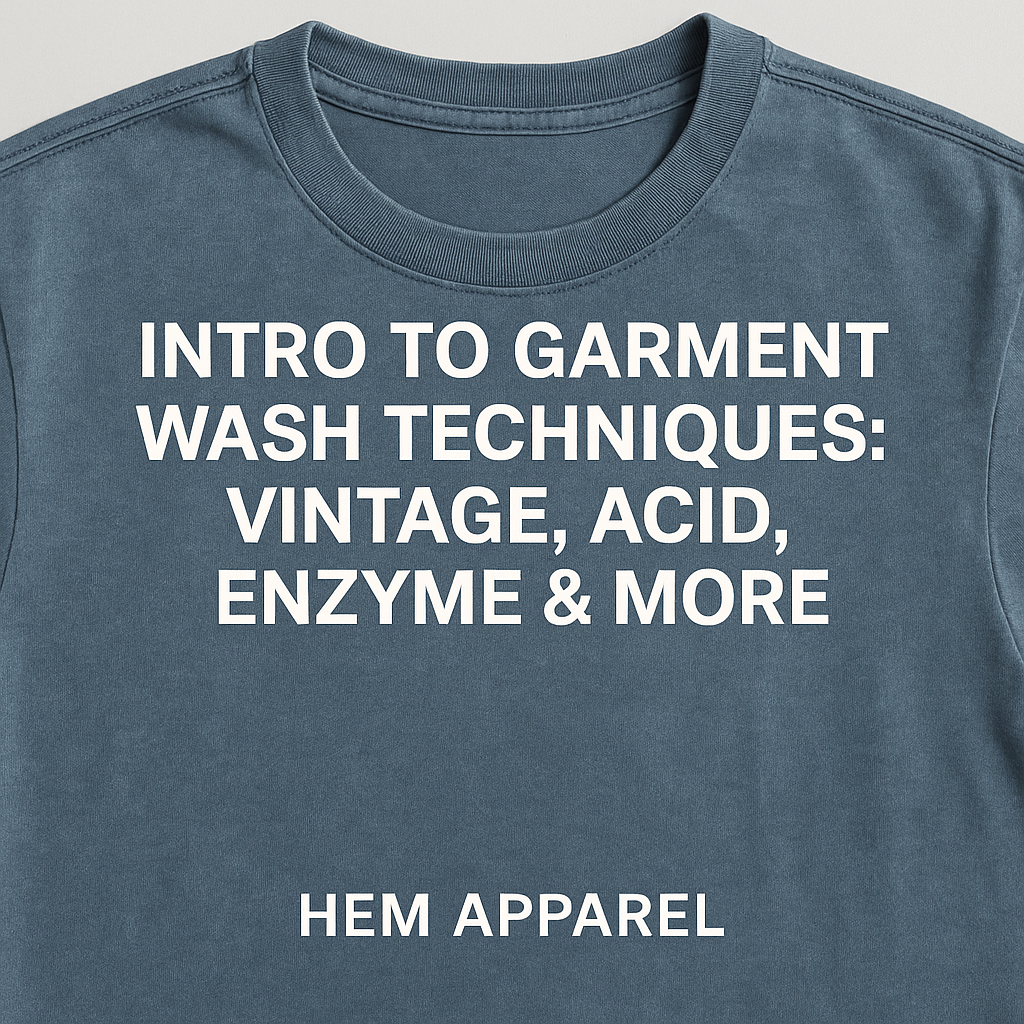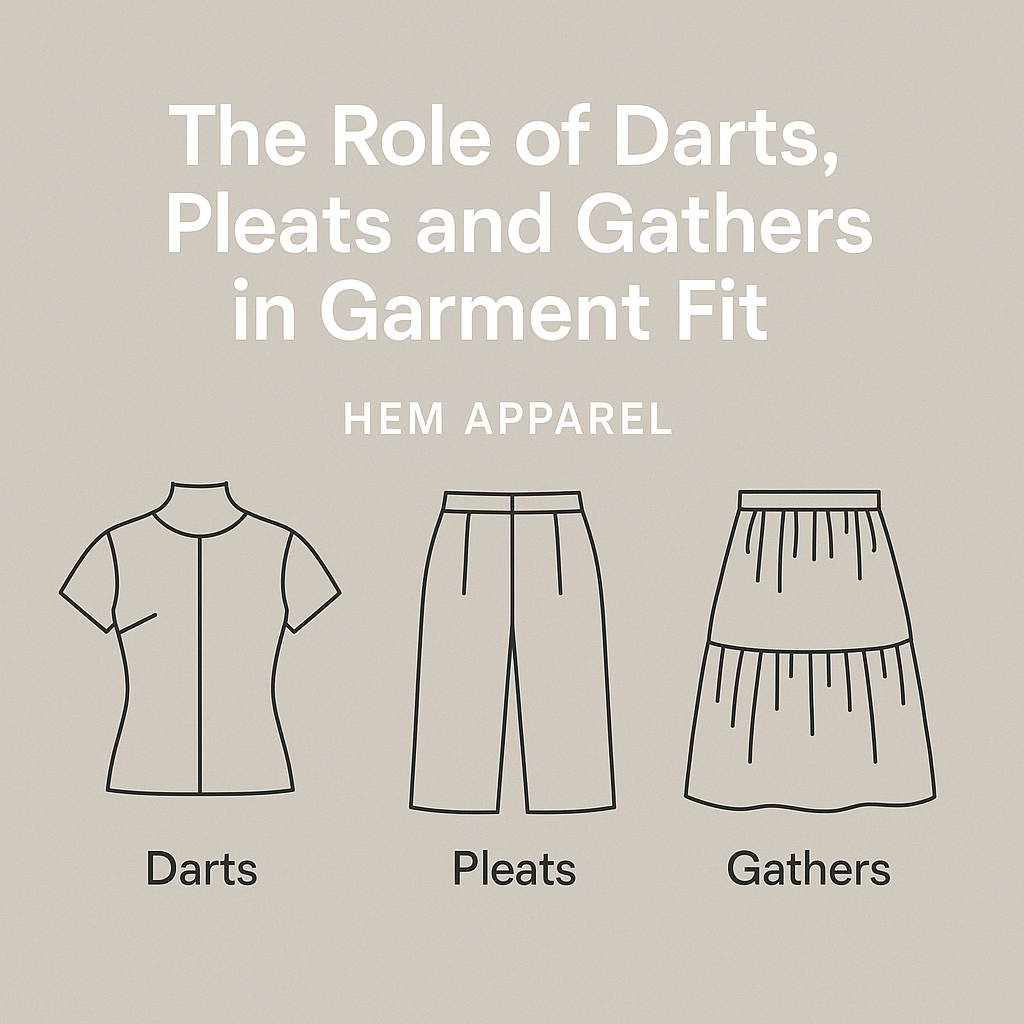You can have the best design, the best logo, and the best photos —
but if your garment feels cheap, it will hurt your brand instantly.
At HEM APPAREL, we always tell new brands:
Fabric is not just a material — it’s part of your message.
And your customers feel it the moment they touch your product.
🧵 1. Fabric Communicates Your Brand Tier
The second someone picks up your garment, they’re already judging:
-
Is this premium or fast fashion?
-
Will this last, or fall apart after 2 washes?
-
Is this for comfort, statement, or performance?
✅ Your choice of GSM, texture, drape, and stretch speaks before your logo does.
🎨 2. Fit Starts With Fabric
Fit is not just pattern — it’s how the fabric behaves:
-
Does it hug or hang?
-
Does it bounce or flow?
-
Does it shrink, twist, or stretch out?
✅ Choosing the wrong fabric ruins even the best-designed silhouette.
♻️ 3. Fabric Ties to Your Brand Values
Your values should match your materials:
-
Sustainability? → Organic cotton, recycled poly, natural dye
-
Streetwear? → Heavy cotton, pigment washed fleece
-
Daily wear? → Interlock, rib, bamboo blends
-
Activewear? → Nylon-spandex, mesh lining
✅ Your fabric makes your values tangible.
🔍 4. Choose Fabric Before You Design
Reverse your process:
Instead of “I want to make a boxy tee,”
try “I found this heavy 260gsm cotton — what can I build with it?”
✅ Starting with fabric often leads to better pricing, faster production, and more coherent collections.
🧠 HEM APPAREL’s Tip:
Ask your factory for fabric suggestions based on:
-
Weight, handfeel, stretch
-
MOQ and lead time
-
Visual style you want to achieve
We have 1,000+ fabric options and help brands test swatches before committing.





